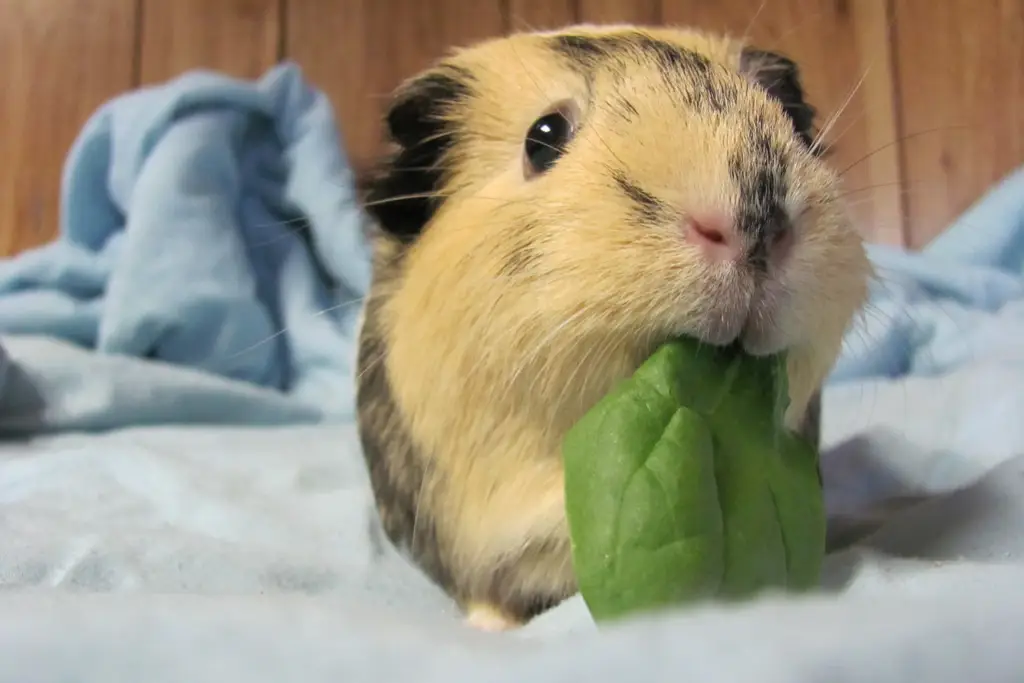Are you looking for things to feed your little friend? If you are thinking about putting spinach in your guinea pigs diet, but aren’t sure whether it is the right source of nutrients you have come to the right article. I have researched the nutritional benefits that spinach has on a guinea pig’s diet.
Guinea pigs can eat spinach because spinach is a great superfood with lots of vitamins. Yet, if a guinea pig is prone to oxalate stones then they should not eat spinach because spinach is full of oxalates which is what causes oxalate stones. No matter what, moderation is key.
As you can see Guinea pigs can eat spinach, but should they is another question. It really depends on your guinea pig’s health and the other foods that it eats. Continue reading to learn more about the health benefits and negatives that eating spinach might have on your guinea pig.
Nutritional Profile of Spinach for Guinea Pigs
Spinach is a nutritious leafy vegetable that can provide guinea pigs with a variety of vitamins and minerals. However, it should be given in moderation due to its high oxalate content, which can lead to the formation of urinary stones in guinea pigs if consumed in large quantities.
Here is the nutritional profile of spinach for guinea pigs based on a 100-gram serving:
- Calories: 23
- Protein: 2.9 grams
- Fiber: 2.2 grams
- Fat: 0.4 grams
- Carbohydrates: 3.6 grams
- Calcium: 99 milligrams
- Phosphorus: 49 milligrams
- Potassium: 558 milligrams
- Vitamin C: 28 milligrams
- Vitamin A: 4690 IU
- Vitamin K: 482.9 micrograms
Spinach is high in vitamin C, which is essential for guinea pigs as they cannot produce it on their own. It is also a good source of vitamin A and vitamin K, which are important for eye health and blood clotting, respectively. The calcium content in spinach is beneficial for guinea pigs’ bone health, but it should be balanced with phosphorus to prevent imbalances.
Benefits of Feeding Spinach to Guinea Pigs
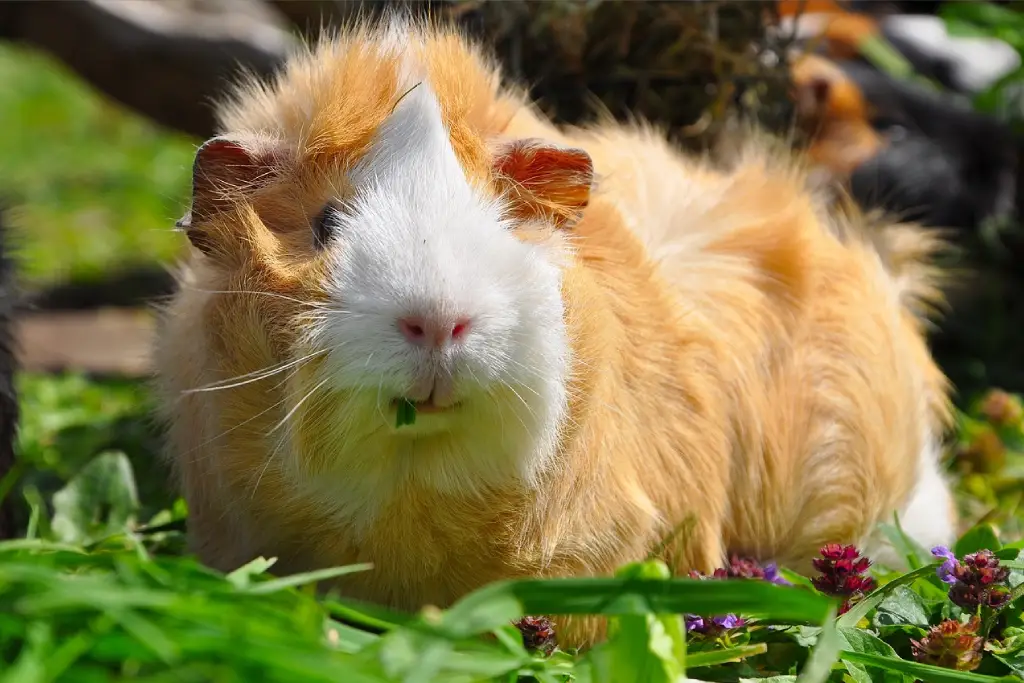
Spinach can provide several benefits to guinea pigs when fed in moderation and balanced with other vegetables. Here are some of the benefits of feeding spinach to guinea pigs:
- High in vitamin C: Spinach is a good source of vitamin C, which is essential for guinea pigs as they cannot produce it on their own. Vitamin C helps support the immune system and can prevent scurvy, a condition caused by a deficiency in vitamin C.
- Rich in other vitamins and minerals: Spinach is also a good source of vitamin A, vitamin K, calcium, and potassium, which are all important for guinea pigs’ health.
- Low in calories: Spinach is low in calories, which can be beneficial for guinea pigs as obesity can lead to health problems.
- Adds variety to the diet: Offering spinach as a part of a varied diet can provide your guinea pig with different textures and flavors, which can encourage them to eat a balanced diet.
- Supports digestive health: Spinach contains fiber, which can support digestive health and prevent constipation in guinea pigs.
Overall, feeding spinach to guinea pigs in moderation can be a nutritious addition to their diet and provide several health benefits. However, it should be balanced with other vegetables and fed in appropriate serving sizes to prevent any potential health issues.
Risks of Feeding Spinach to Guinea Pigs

While spinach can be a nutritious addition to a guinea pig’s diet, there are some risks associated with feeding spinach to guinea pigs:
- Oxalates: Spinach contains high levels of oxalates, which can lead to the formation of urinary stones in guinea pigs if consumed in large quantities. Therefore, it should be given in moderation and balanced with other vegetables.
- Calcium to phosphorus ratio: Spinach is high in calcium, but it should be balanced with phosphorus to avoid calcium imbalances in guinea pigs. An imbalanced calcium-to-phosphorus ratio can lead to urinary problems and other health issues.
- Digestive issues: Some guinea pigs may experience digestive issues such as bloating or diarrhea if they consume too much spinach or if they have a sensitive digestive system.
- Pesticides: Spinach is one of the vegetables that is often sprayed with pesticides, so it’s important to choose organic spinach or wash it thoroughly before feeding it to guinea pigs to reduce the risk of pesticide exposure.
- Interference with medication: Spinach is high in vitamin K, which can interfere with some medications that affect blood clotting. If your guinea pig is on any medication, consult with your veterinarian before feeding them spinach.
Overall, while spinach can be a nutritious addition to a guinea pig’s diet, it should be given in moderation and balanced with other vegetables to avoid any potential health issues.
Safe Serving Sizes and Frequency of Spinach for Guinea Pigs
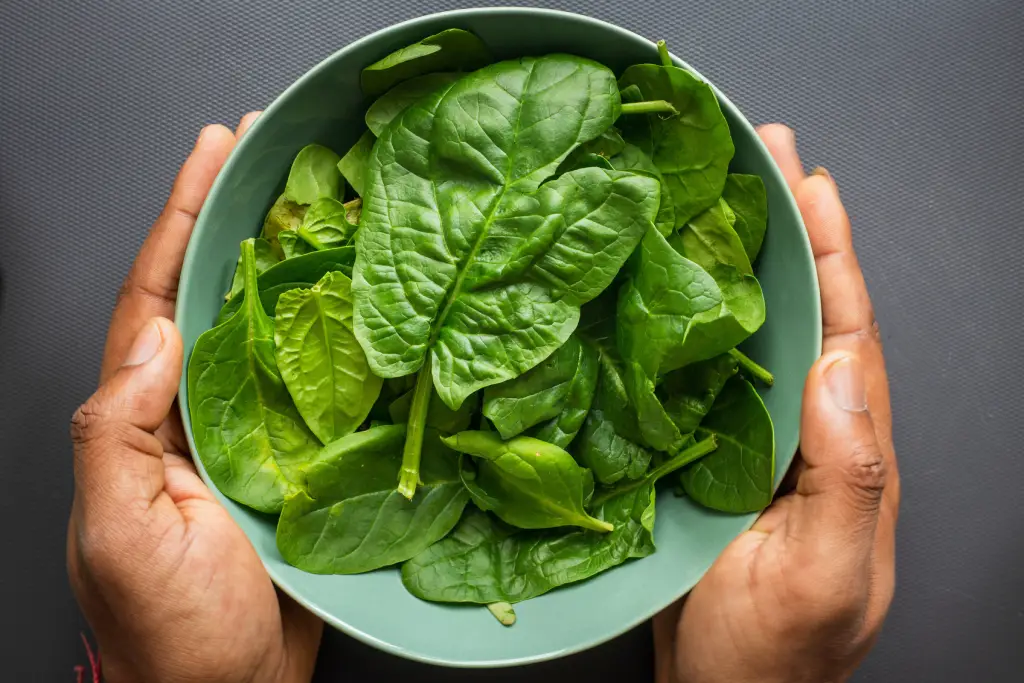
Due to the high oxalate content in spinach, it’s important to feed it to guinea pigs in moderation. The recommended serving size for spinach is approximately 1-2 cups per week. You can split this amount into several small servings throughout the week to provide variety in your guinea pig’s diet.
When serving spinach, it’s important to wash it thoroughly to remove any dirt or pesticide residue. You should also remove the stems and any wilted or discolored leaves before feeding them to your guinea pig.
Spinach can be served raw or cooked, but raw spinach is more nutritious as cooking can cause some nutrient loss. You can offer spinach as a part of a balanced diet that includes a variety of other vegetables, hay, and pellets to ensure your guinea pig is getting all the nutrients they need.
It’s always a good idea to introduce new foods gradually and monitor your guinea pig for any signs of digestive issues or other health problems. If you notice any unusual symptoms, consult with your veterinarian.
Preparing Spinach for Guinea Pigs
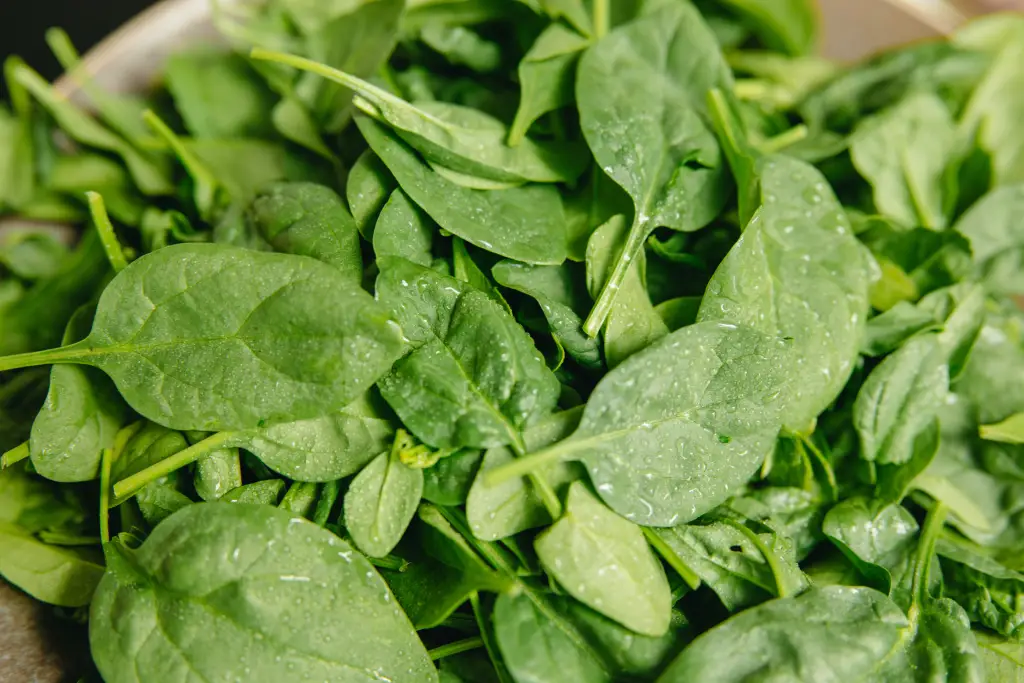
When preparing spinach for guinea pigs, it’s important to wash it thoroughly to remove any dirt or pesticide residue. Here are the steps for preparing spinach for guinea pigs:
- Rinse the spinach leaves under running water to remove any dirt or debris.
- Fill a bowl with cold water and soak the spinach leaves for a few minutes to remove any remaining dirt or pesticide residue.
- Remove the spinach leaves from the water and pat them dry with a clean towel.
- Cut off the stems and any wilted or discolored leaves.
- Chop the spinach leaves into small pieces that are easy for your guinea pig to eat.
- Serve the spinach to your guinea pig as a part of a balanced diet that includes a variety of other vegetables, hay, and pellets.
- Monitor your guinea pig for any signs of digestive issues or other health problems after introducing spinach to their diet.
You can offer spinach to your guinea pig raw or cooked, but raw spinach is more nutritious as cooking can cause some nutrient loss. You can also mix spinach with other vegetables to provide variety in your guinea pig’s diet. Just remember to feed spinach in moderation and balance it with other vegetables to avoid any potential health issues.
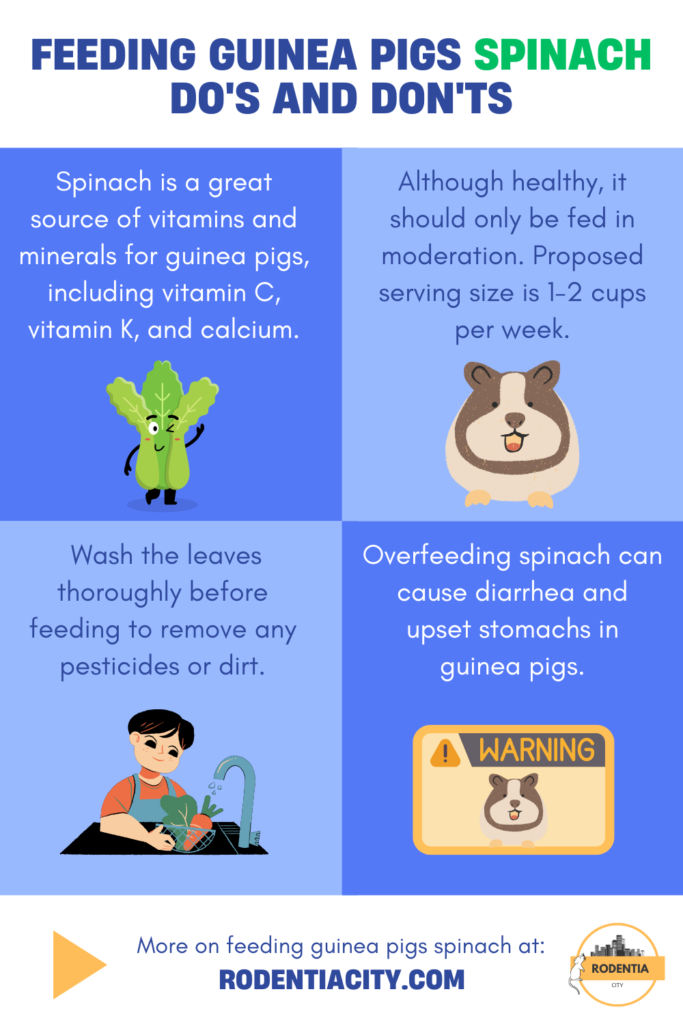
Recent Posts
It is no secret that furry little chinchillas are widely considered to be among the cutest of animals alive. Their soft and thick fur coats make them look more like a fuzzy pillow than an animal! One...
Just like pretty much all rodents, chinchillas need to chew on things to keep their teeth at a healthy length. They love to chew on wood, but not all kinds of wood are good for them. So, which types...

